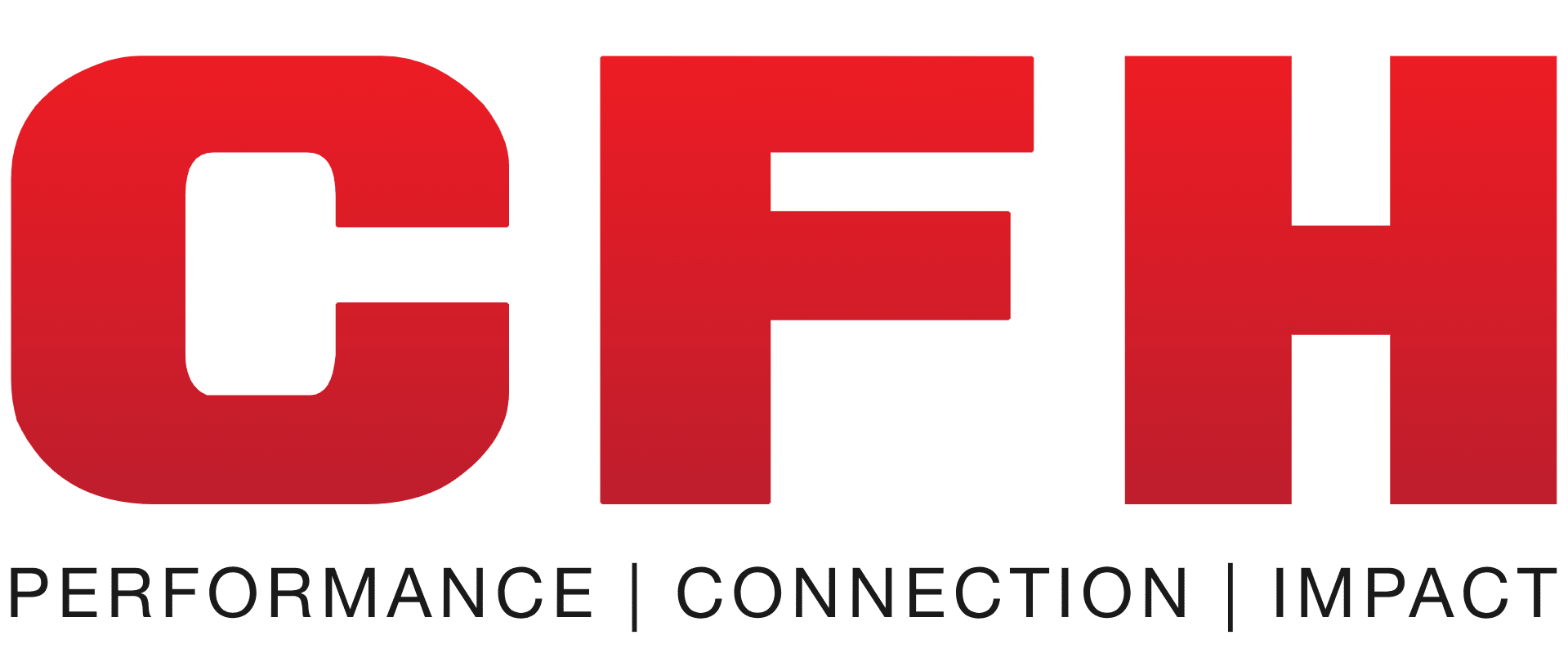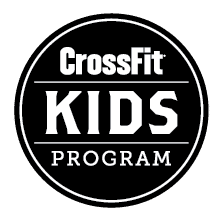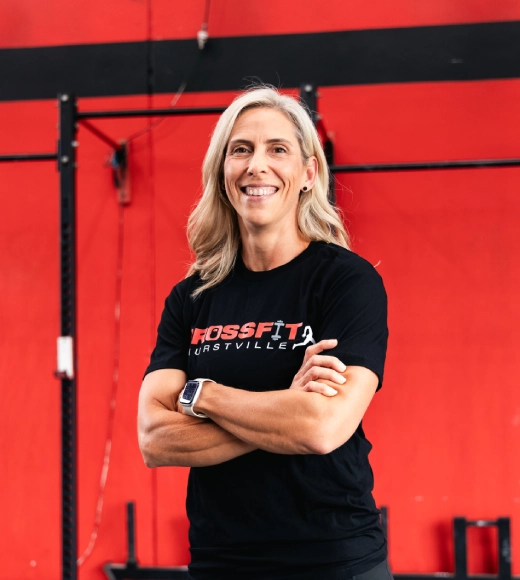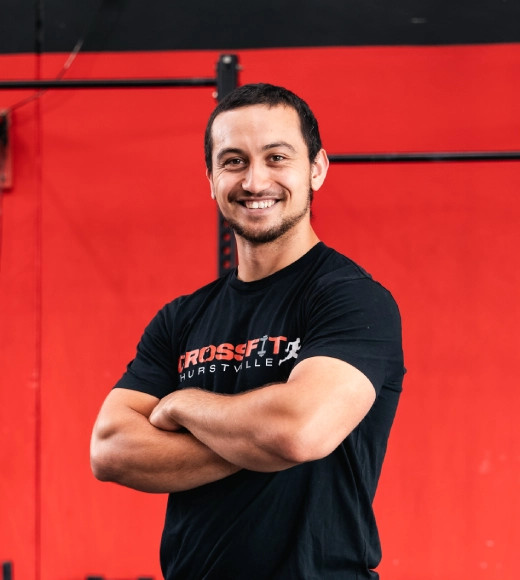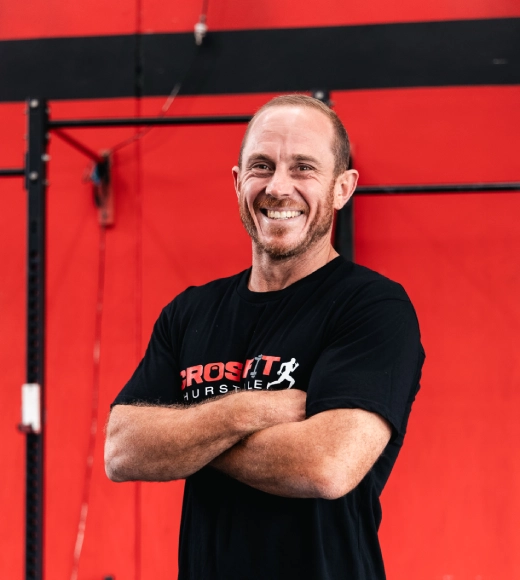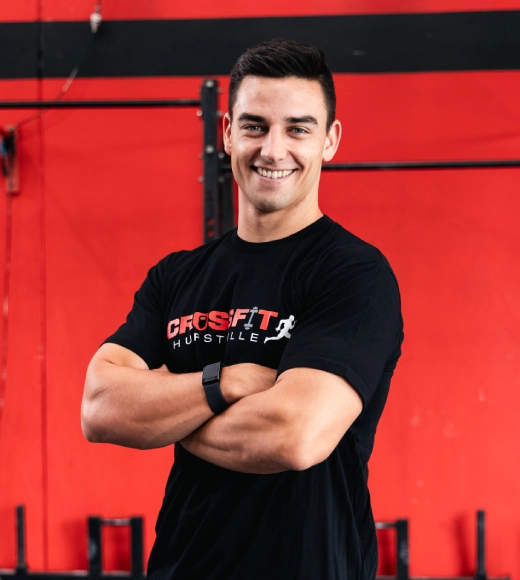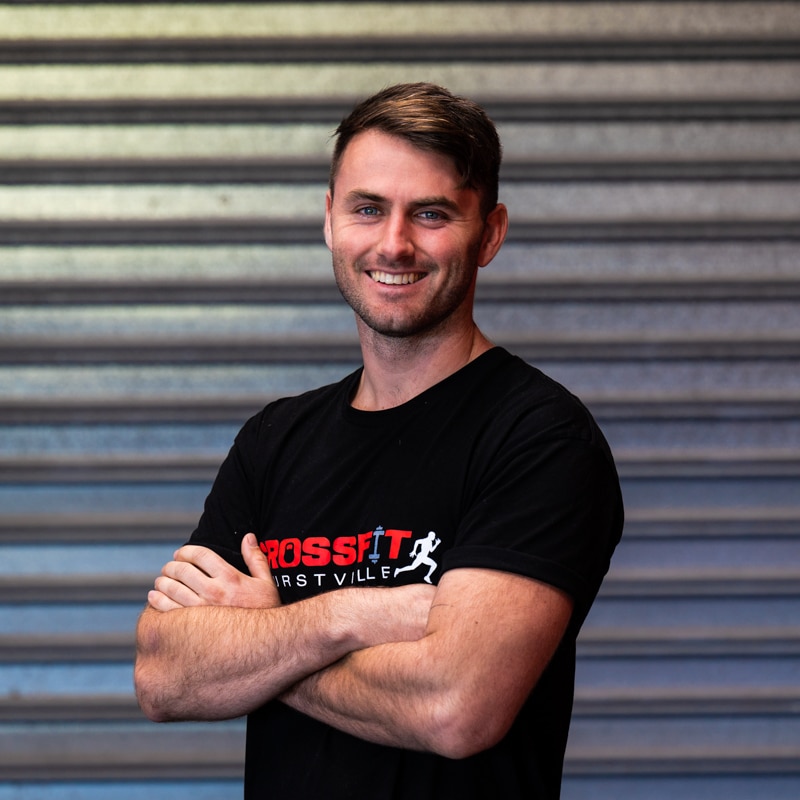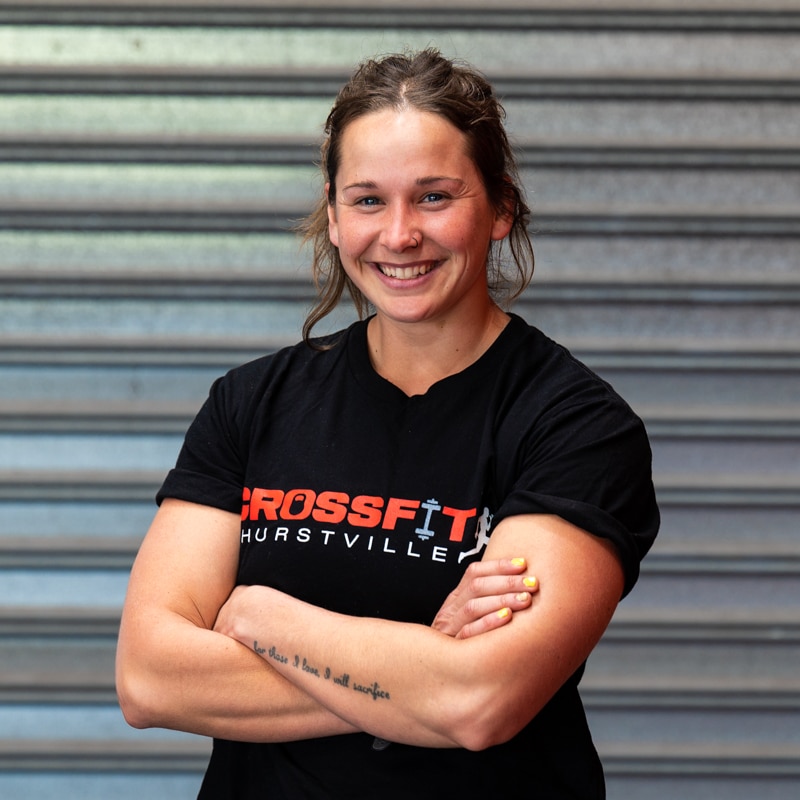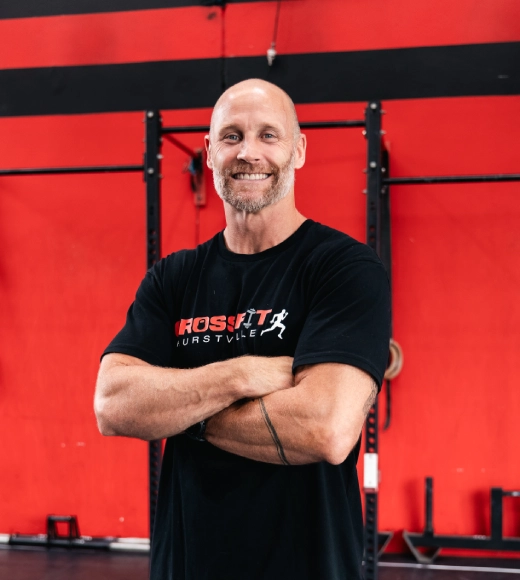Competence. This is the goal for many. “The ability to do something successfully or efficiently.”
In a physical practice, we create standards around our training – be it an RX weight, or hitting depth on a squat. We look towards these as a metric of success and of achieving competence.
Efficiency on the other hand is more subjective. While there are some clear patterns and some consistent cues, there is a range of physical expressions as to what the quickest and most cost effective way to perform a given task may be.
As trainers, we assess this through years of experience. Once you have seen how hundreds – if not thousands – of athletes have moved, you begin to identify some trends: keeping the bar close; a rigid posture; free, full ranges of motion. While there are outliers, some fundamental principles will remain the same.
There are stages for developing competence. It has been proposed as such:
The Four Stages of Competence
- Unconscious incompetence (Ignorance)
- Conscious incompetence (Awareness)
- Conscious competence (Learning)
- Unconscious competence (Mastery)
Stage 1: Prior too engaging a practice, we are blissfully unaware of how incompetent we are. If you have never run a 5k before, you don’t realise how unfit you are, and therefore, you don’t know what you don’t know. It is safe and comfortable here, but nothing will be gained if one does not venture out.
Stage 2: Once we embark on a practice, many are greeted with a humbling reality – we are not very good; ill-prepared for the demands and prerequisites of the practice. It’s the first CrossFit workout feeling, your heart rate spiking and muscles aching, while you watch the athletes alongside you continuously chip away at their reps. Many may feel disheartened and discontinue their pursuit of competence here – the Ego bruised and unable to withstand the inevitable barrage should they choose to endure. One has gained awareness, but actioning this is a choice.
Stage 3: Most of us find ourselves in conscious competence – we know what we need to do in order to improve, needing to practice and revisit these principles regularly. Perhaps we have been directed as to how we may improve a particular movement – the first pull in a clean; a kip in a toe-to-bar; ankle mobility for the squat. We understand where the breakdown of a movement occurs and must intentionally focus, think and reflect if we are to remedy this. If you are to move towards competence, you need to do the work.
Stage 4: Unconscious competence is commonly referred to as muscle memory; the ability to execute without thinking. The best athletes have spent thousands of hours practicing, rehearsing, visualising and stress testing so that when a skill needs to be called upon, they are able to do so autonomously. Few will reach this level of competence, but this is not to say that we shouldn’t be striving for it.
Understand: each aspect of one’s physical fitness will place differently on this competency scale. While you may be well versed with a barbell, your ability to sustain efforts for longer periods may be lacking. This is why this practice is diverse and humbling.
But developing competence begins with a realistic self-assessment; identifying where one sits on this scale. Misdiagnosis may not only yield minimal results, but could result in regression.
Competence. This is the goal for many. Self-asses, action and then execute. This is the process by which you may begin to move towards it.
__________
